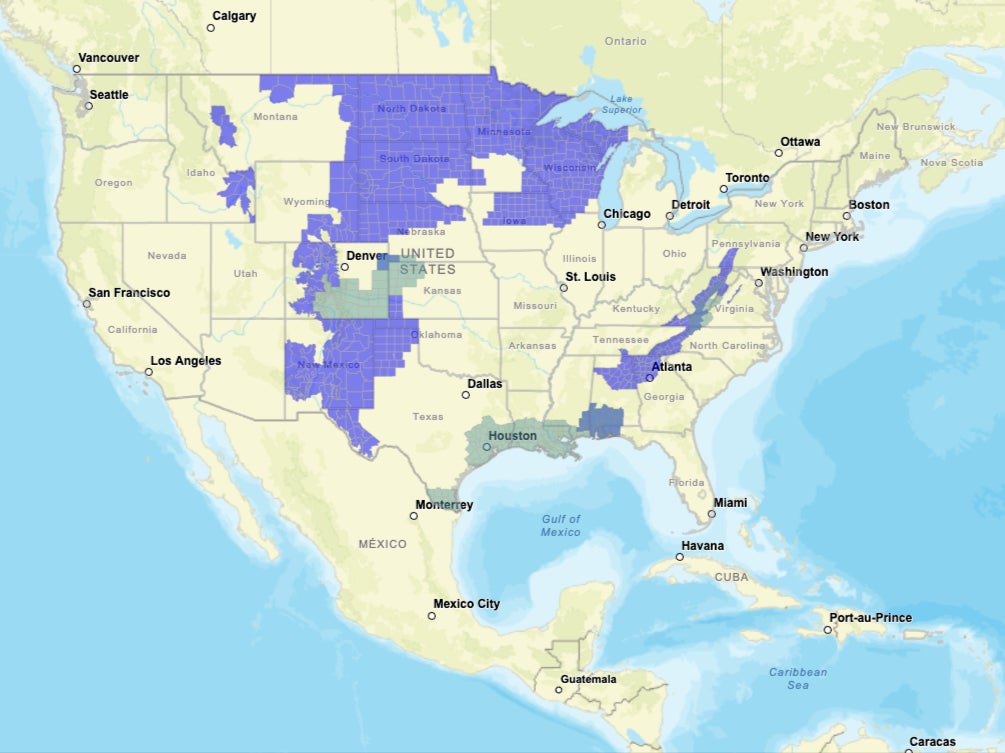
President-elect Donald Trump will be sworn in as the 47th president inside the Capitol building in Washington D.C. Monday – on what is expected to be one of the coldest Inauguration days in U.S. history as temperatures drastically plummet.
Trump took to TruthSocial Friday to announce the move from what is traditionally an outdoor ceremony to one that would now take place inside because of the cold weather emergency, stating: "There is an Arctic blast sweeping the Country. I don’t want to see people hurt, or injured, in any way.
"Therefore, I have ordered the Inauguration Address, in addition to prayers and other speeches, to be delivered in the United States Capitol Rotunda," he added.
The last ceremony to be moved inside was Ronald Reagan’s second-term inauguration in 1985 when temperatures plummeted to 7F (-14C) which prompted organizers to cancel the parade on top of moving the ceremony.
The frigid conditions have been triggered by the polar vortex, a three-dimensional ring of winds that typically linger above the North and South poles, that have dipped into the northern tier of the U.S.
Typically the strength of the polar vortex can vary depending on the strength and position of the jet stream, according to the National Oceanic and Atmospheric Administration.

While January is normally relatively cold in the U.S. this system is abnormally chilly for many.
Temperatures are set to plunge to 21F by midday in Washington with a damning wild chill creating even more brutal conditions. The cold snap is expected to remain until Tuesday before moving toward southern and eastern coasts Sunday.
Over 220,000 tickets have been handed out to the public – as per USA Today – as parts of eastern seaboard, including the D.C. area will experience wind chills dipping to -5 degrees, temperatures that can lead to hypothermia with prolonged exposure, according to the NOAA.
The Mayor of Washington, D.C. Muriel Bowser issued a stark warning to residents Sunday, stating on X: “A Cold Weather Emergency is now ACTIVATED. Temperatures will be dangerously low overnight.”
The nation’s capital will not see the worst weather in the country with some states being issued an “extreme cold warning” with “life-threatening wild chills as low as minus 55 degrees ” until Tuesday in states such as North and South Dakota, Minnesota, Wisconsin, Iowa, New Mexico, northern Nebraska, eastern Wyoming, west Colorado, north Alabama, north Atlanta, parts of Montana, Idaho, and North Carolina, said the NOAA.
The dangerous wind chills could cause frostbite on exposed skin in as little as 5 minutes for states issues with an “extreme cold” weather warning whereas those with “cold weather” warnings can be at risk of frostbite and hypothermia if unprotected skin is exposed to the brisk temperatures, said the NOAA.







